SAFCell’s technology generates hydrogen from liquid fuels where it’s needed, enabling the wide-scale deployment of hydrogen fueling stations.
Solid acid hydrogen generator technology
SAFCell hydrogen generators produce hydrogen from chemical fuels through a combination of chemical and electrochemical reactions that take place inside the solid acid hydrogen stack. A stack with such a combination of chemical and electrochemical reactions is often called a “membrane reactor.” At the core of each solid acid hydrogen stack is a special material called the electrolyte membrane, which allows the separation of hydrogen from other gases. The chemical composition of the electrolyte differentiates one membrane reactor technology from another. SAFCell’s technology is based on a new class of electrolytes called solid acids, which conduct protons in the solid state, thus allowing production of 100% pure hydrogen, as no other components are transported across the electrolyte membrane. Figures 1 and 2 below show examples of ammonia and methanol conversion to hydrogen, respectively, using SAFCell’s solid acid technology.
Solid acids are chemical intermediates between normal salts and normal acids. When a normal acid such as phosphoric acid reacts with a normal salt, such as cesium carbonate, you end up with cesium dihydrogen phosphate – the current electrolyte in solid acid hydrogen stacks.
At low temperatures, solid acids have ordered structures. However, at warm temperatures, certain solid acids undergo transitions to highly disordered “superprotonic” structures, which causes the conductivity to increase dramatically.
Comparison of Solid Acid Membrane Reactors
Operating at mid-range temperatures around 250° C, SAFCell’s hydrogen stacks tolerate impurities that pose obstacles for other low temperature, polymer membrane reactor technologies. Moreover, the mid-range temperatures at which SAFCell stacks operate enable chemical reactions inside the stacks that greatly increase overall hydrogen conversion efficiencies, while simultaneously reducing overall system complexity and cost. Compared to high temperature ceramic membrane reactor technologies, SAFCell’s hydrogen stacks use inexpensive metal components and flexible polymer seals, greatly reducing overall stack costs and increasing stack and system reliability and lifetimes.
This combination of properties allows SAFCell stacks to easily generate hydrogen from commercially available fuels (e.g., ammonia, methanol, propane, natural gas, diesel, gasoline and jet fuels) while utilizing a very low-cost and rugged platform. SAFCell’s technology enables reduced system complexity and is scalable from kilograms per day to thousands of kilograms per day.


